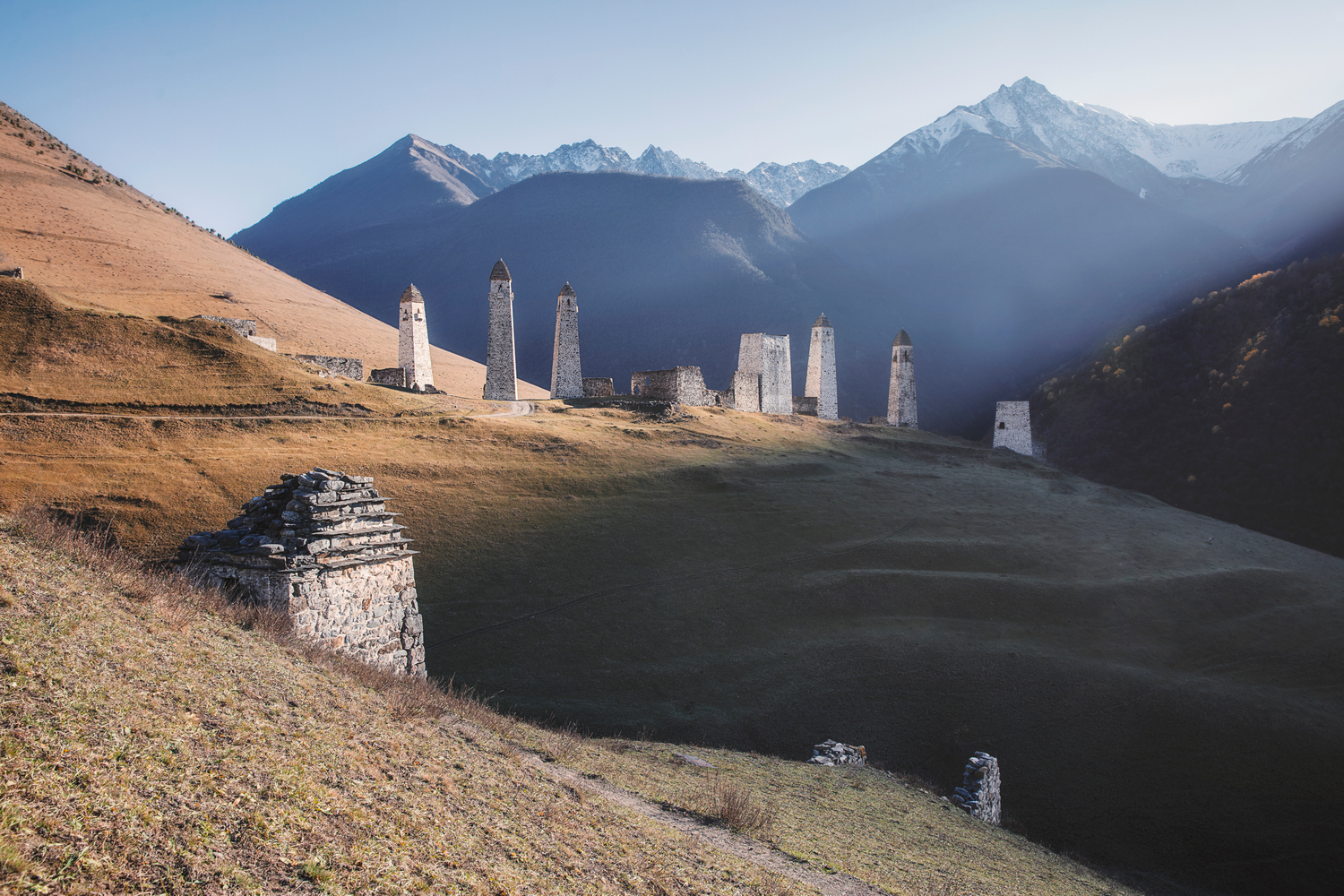From TAC’s Bookshelf: Chechnya
Looking back at a year of reading with the staff of The American Conservative.

As we celebrate Christmas and look forward to a new year, in an homage to an old “TAC Bookshelf” series, we hope you’ll enjoy a glimpse this week of some of what we at The American Conservative were reading in 2022.
“People of Europe!” exhorted Karl Marx in the Communist Manifesto. “Learn to fight for freedom from the heroic example of the Caucasian highlanders.” Observers of all political persuasions have long been drawn to the romance of the Caucasus. For centuries the peoples of Chechnya and Dagestan resisted being assimilated into the Russian Empire with thrilling tenacity—or bullheaded stubbornness, depending on your perspective.
During the last eruption of Chechen nationalism in the 1990s, many Americans were swept up in the romance of the cause, just as many today are swept up in the romance of Ukraine: small peoples asserting their nationhood in the face of Russian aggression. But in retrospect, who today believes that the world would be better off with an independent Chechnya? Isn’t the Second Chechen War one that, all things considered, we are rather glad that Putin won?
My most interesting reading this year has been on this question, and the two books I recommend—without implying that the authors would agree with my conclusions—are Anatol Lieven’s Chechnya: Tombstone of Russian Power and Sebastian Smith’s Allah’s Mountains: The Battle for Chechnya.
After the fall of the Soviet Union, many bright minds in the State Department thought Chechen nationalism would be a useful tool against the Russians, a running sore that would do for the new state what the Afghan war had done for its predecessor, weaken it and keep it distracted. The American Committee for Peace in Chechnya had a membership list like a who’s-who of the foreign policy establishment, Democrats and Republicans. They varied in how openly they avowed support for an independent Chechnya—just as today’s Russia hawks frequently denied supporting NATO membership for Ukraine—but all condemned Russia’s efforts to keep the region within the national fold and some called Russia’s war genocidal.
Want more of the best conservative thought? Support TAC today!
Subscribe Today
Get daily emails in your inbox
Alas, the leaders of the Chechen resistance, true to their national character, were unwilling to bend to please their would-be sponsors abroad. They welcomed into their ranks Arab veterans of the Afghan war who openly avowed jihad against America. They never pretended to be cuddly liberals. Both Lieven and Smith spent extended periods of time with Chechen fighters, and their descriptions capture what made these men at once attractive and exasperating.
After the Beslan massacre, Chechen nationalism ceased to be trendy. The lesson of its brief vogue is that many people in the American foreign policy establishment were willing to embrace a cause that had toxic aspects, as they knew perfectly well at the time, in order to accomplish the goal they really cared about, which was harming Russia. The passage of years has also helped us to understand why the Kremlin considered Chechnya to be an existential question for the Russian state, with the alternative being a hostile and dysfunctional state on one of its historically most vulnerable borders—another lesson with modern applications.
One final amusing detail: The Chechen community in the United States is actually quite small. One scholar in 2015 put it at “only about two hundred.” That was around the time that the Tsarnaev brothers committed the Boston Marathon bombing. Two terrorists in a community of two hundred. Some odds.